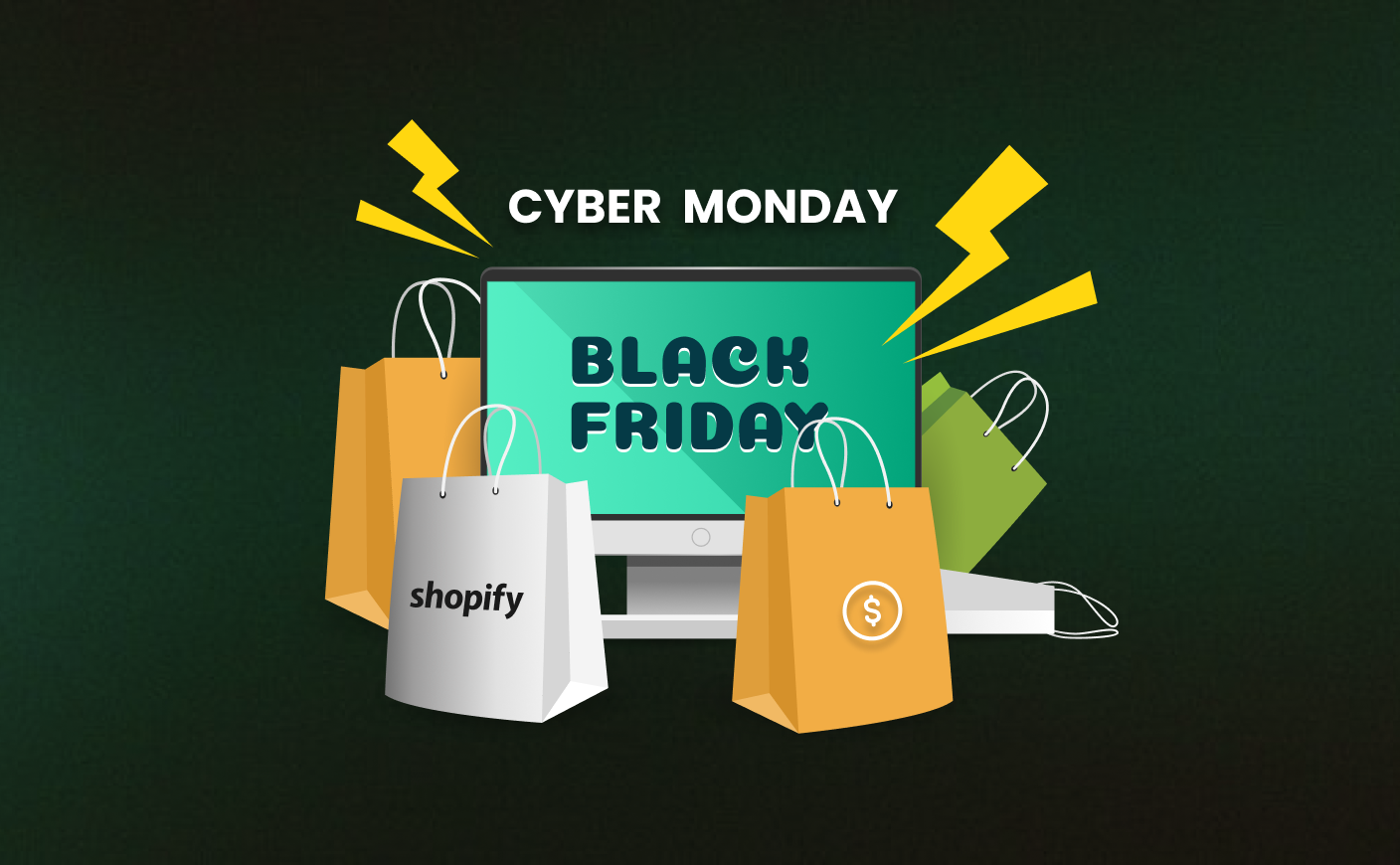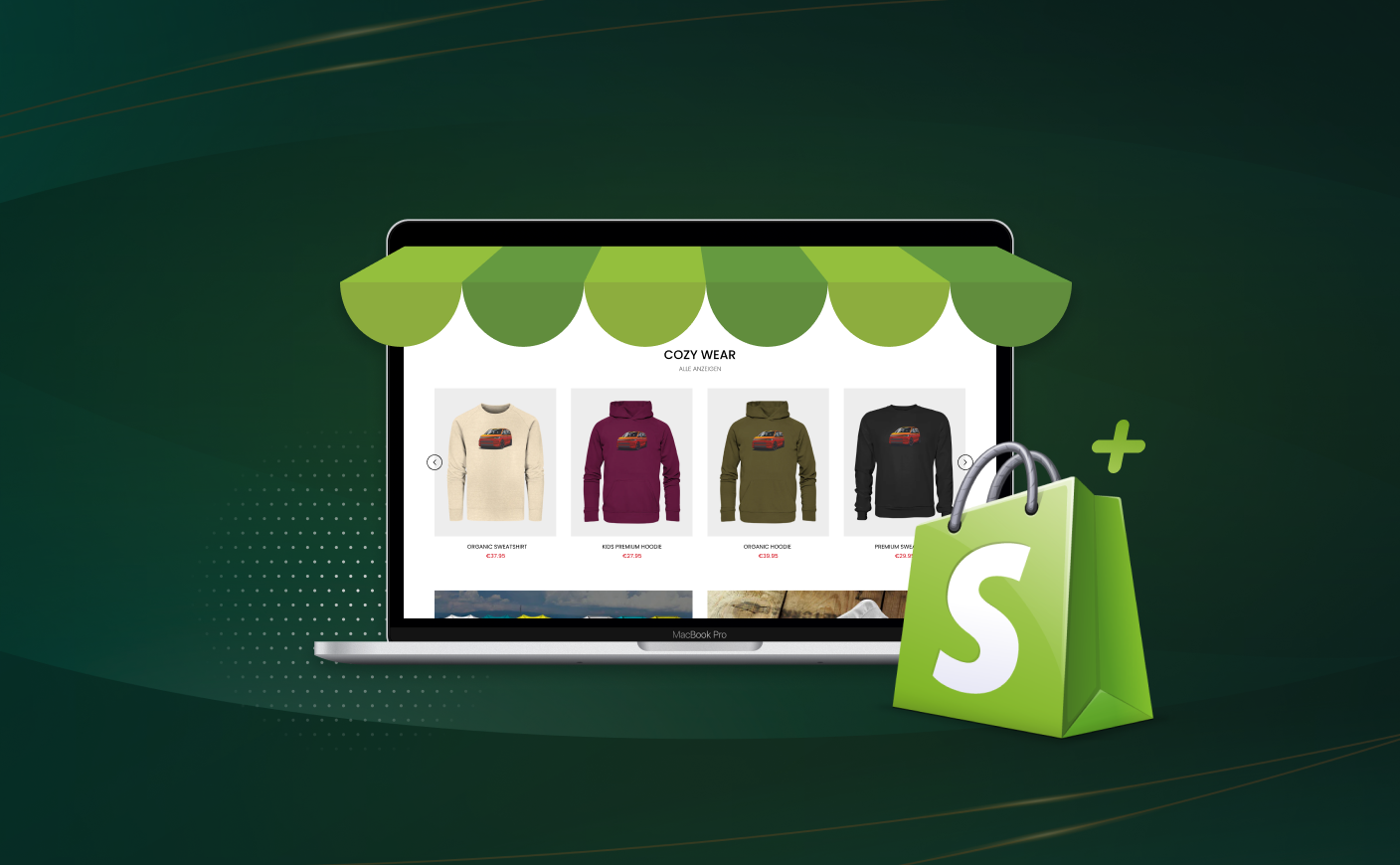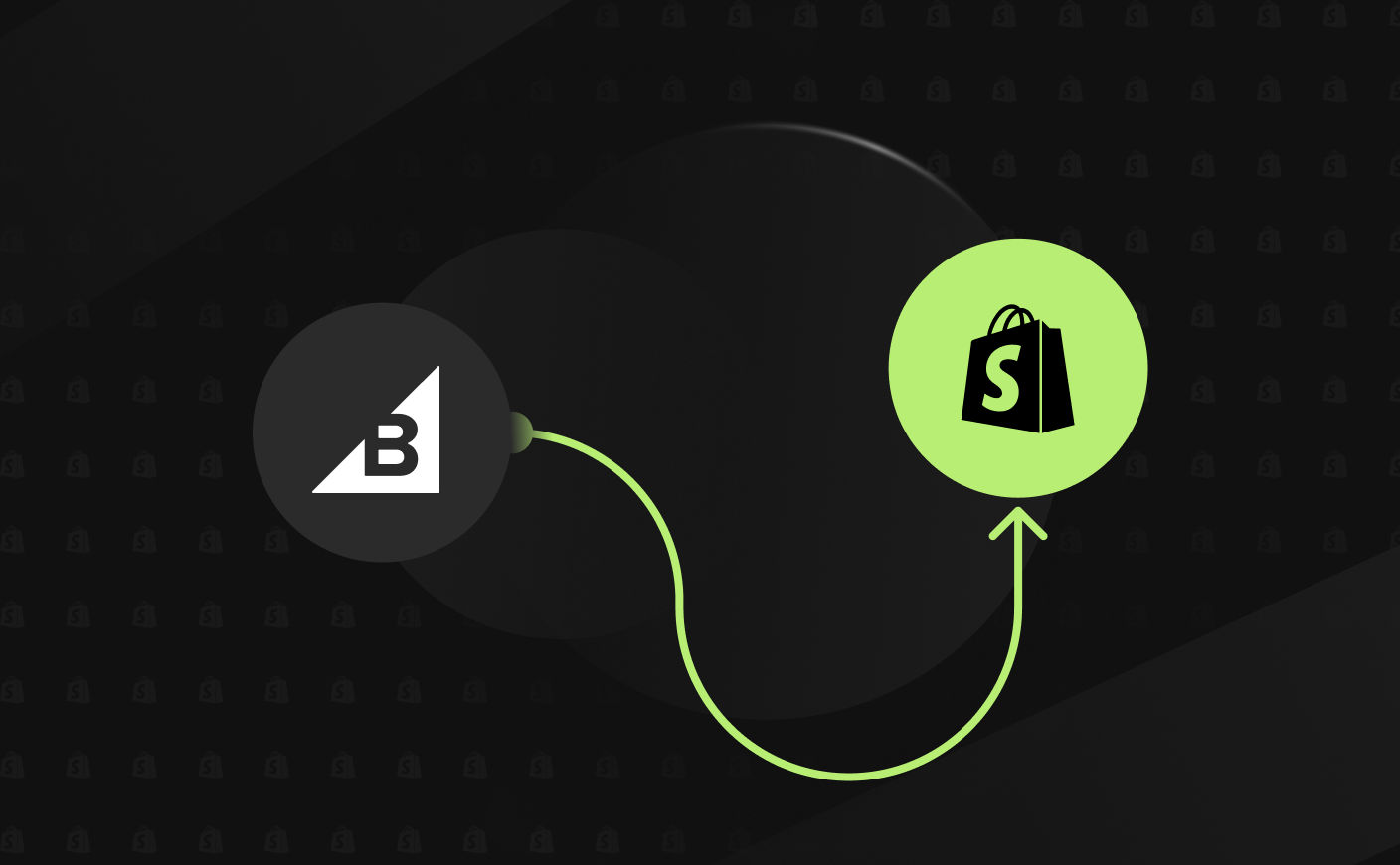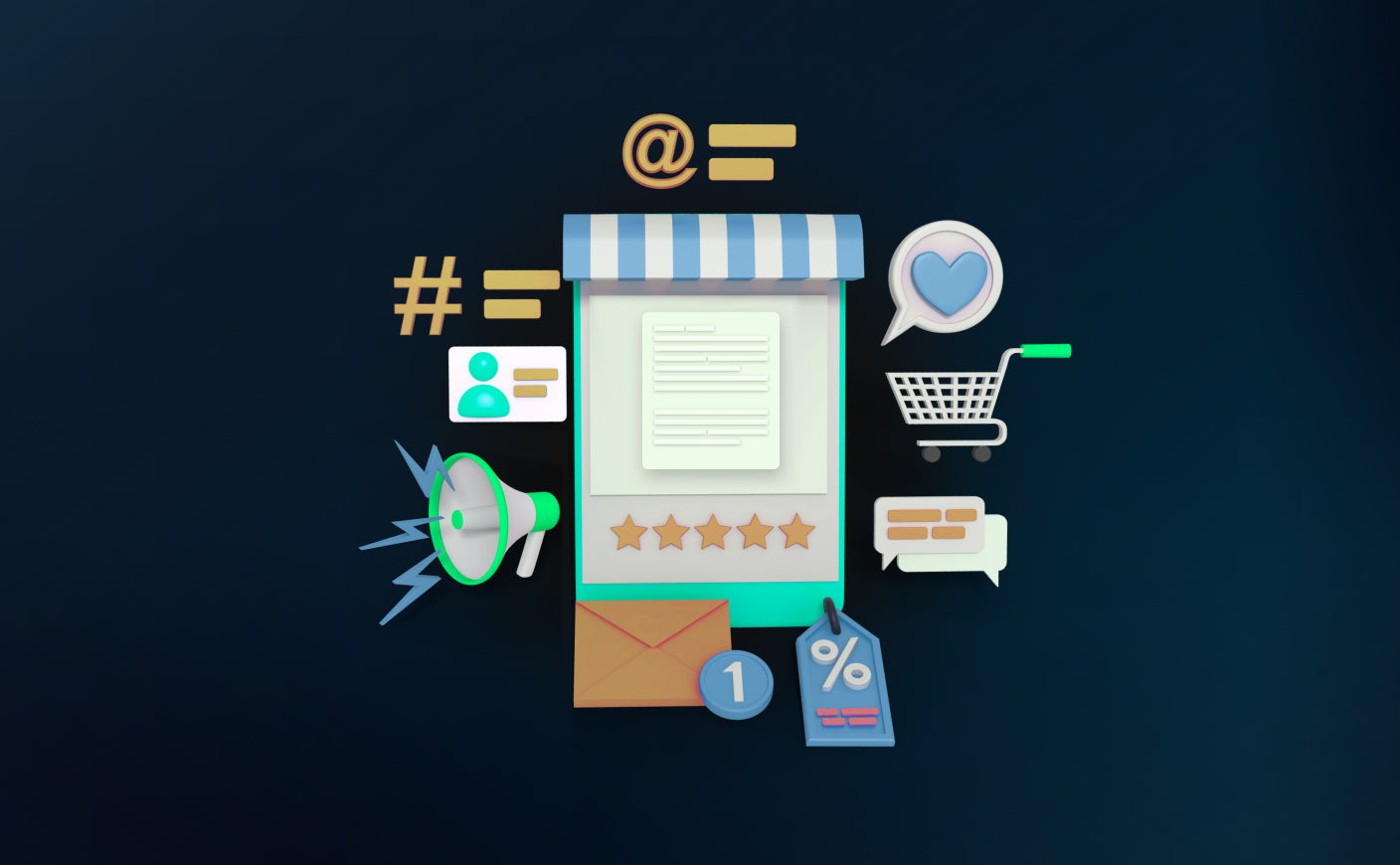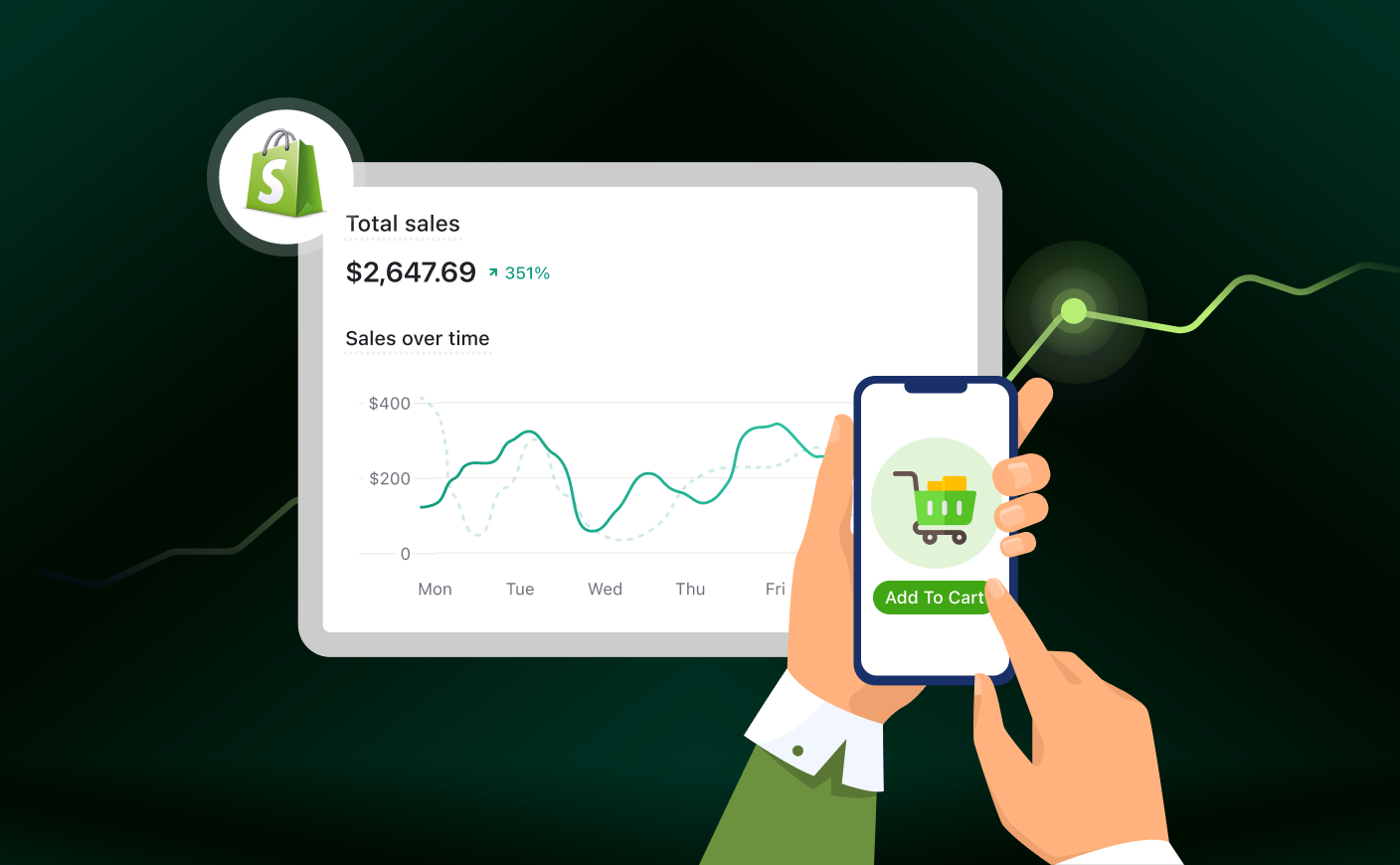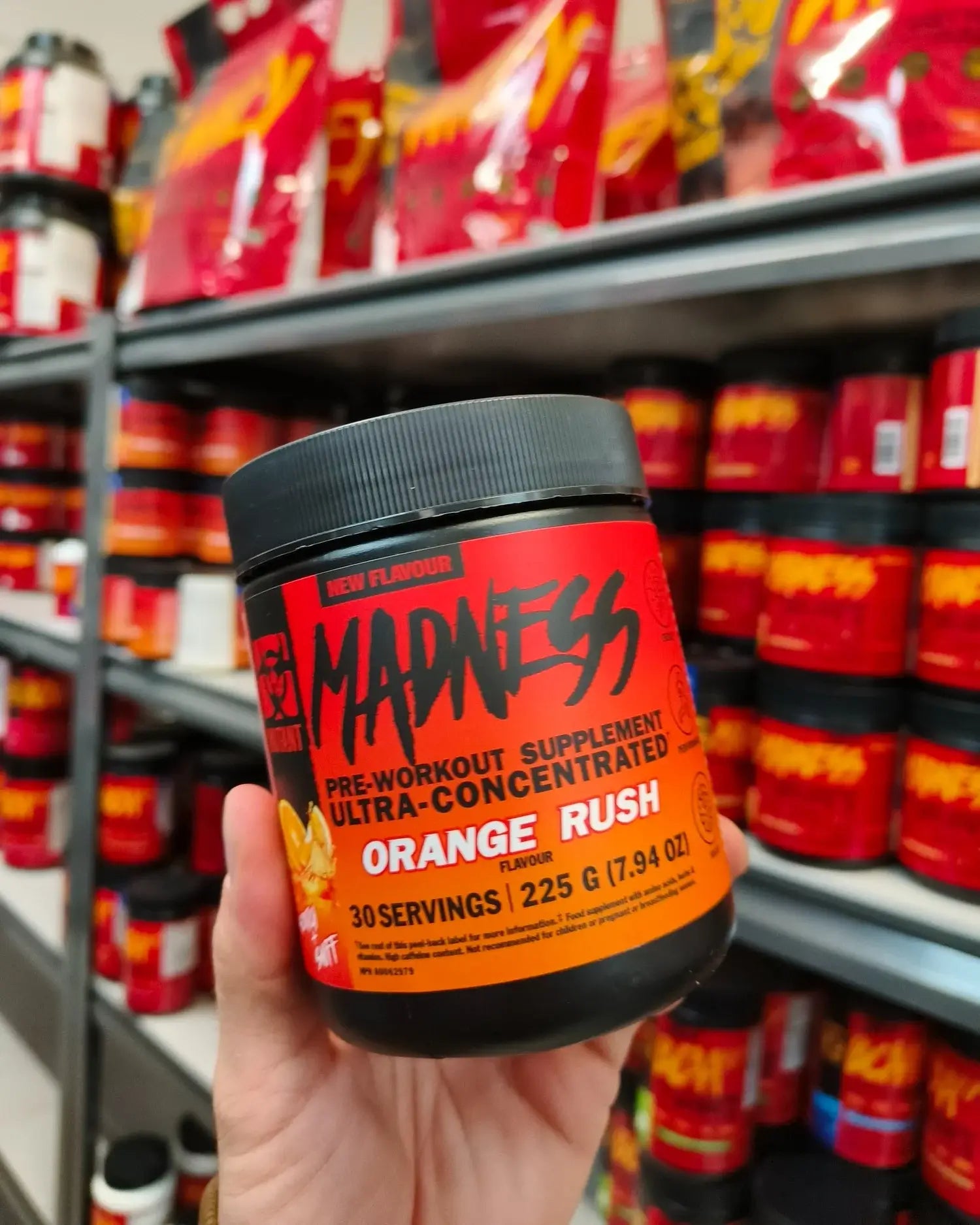From Startup to Scale-Up: Shopify Growth Hacks for 2025
Shopify Growth
shopify scale
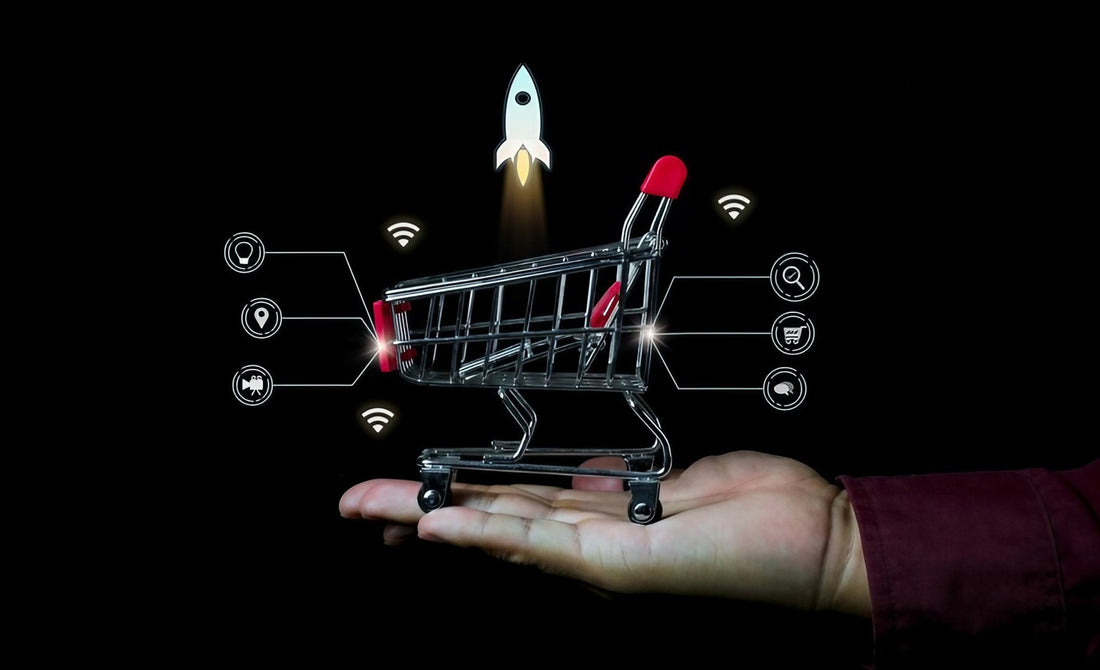
If you’re running an ecommerce business in the USA, chances are you’ve either built it on Shopify or seriously considered it. And why wouldn’t you? As of 2025, Shopify commands a whopping 29% of the U.S. ecommerce market, making it the go-to platform for brands looking to carve out their slice of the digital retail space.
However there is one thing that you should know about - launching a store is one thing but scaling it? Let’s just say that it is not everyone’s cup of tea.
Why, you say?
Well, today you are up against rising ad costs that burn through budgets, consumers whose loyalty is harder to earn than ever, and a regulatory space that keeps shifting like quicksand. Just simply throwing money at Facebook ads or tweaking a few Shopify SEO settings won’t cut it anymore.
So what is the solution?
This blog isn’t going to rehash the same old “optimize your keywords” or “improve your social media presence” advice. We will explore unconventional, high-impact growth hacks—the kind that smart U.S. Shopify brands are using right now to scale fast, stay profitable, and outmaneuver the competition.
Let’s start.
Top 7 Growth Hacks To Scale Up Your Shopify Store in 2025
Scaling a Shopify store in 2025 requires more than just following the usual playbook. Here are seven unconventional growth hacks that will help you break through the noise and stay ahead of the competition.
#1 Leverage Shopify’s Embedded Finance Ecosystem for Cash Flow Scaling
Cash flow is the oxygen of growth, yet most Shopify merchants overlook one of the platform’s revolutionary features - its embedded finance tools. In 2025, Shopify Capital and Shopify Balance will become scaling weapons and not just conveniences.
Instead of waiting on bank loans (with their soul-crushing approval processes), smart merchants are using Shopify Capital for quick, flexible funding. Just imagine securing a $50K cash infusion and immediately launching a regional influencer campaign in high-value markets like Texas or California—without touching your working capital. That’s agility at scale.
And it doesn’t stop there.
Shopify Balance lets you track real-time sales trends and instantly reinvest in winning SKUs. Sold out of a best-seller? Redirect funds on the spot and restock before momentum fades.
One pro tip? U.S. merchants can leverage tax incentives like R&D credits to offset reinvestment costs. Every dollar saved on taxes is a dollar that fuels growth—use it wisely.
Also read: What every Shopify merchant needs to know about cross border ecommerce
#2 Hyper-Localized Dropshipping
Dropshipping is not a thing of the past - it is just taking a new form in 2025. Gone are the days of relying on slow, generic overseas supplies. Brands that are winning are partnering with U.S.-based suppliers in mid-tier cities like Charlotte or Boise.
The reason is simple - bypassing congested coastal hubs means faster shipping, lower costs, and happier customers.
Let’s dig a little deeper.
Shoppers today expect lightning-fast delivery, and if you can match Amazon’s Prime speed (or even undercut it), you’re instantly ahead. Pair this with Shopify’s Fulfillment Network to not only speed things up but also add branded packaging, making your product feel premium instead of drop-shipped.
And there is a reason why this works so well in the US market.
There’s a massive “shop local” movement gaining traction in recent years. Consumers love the idea of supporting American-made or regionally sourced products. By marketing your brand as one that partners with local suppliers, you’re tapping into both patriotism and faster shipping expectations—a winning combo.
We have one tip for you - Start small. Run a test pilot with a supplier in a mid-tier U.S. city and offer a 3-day delivery guarantee to select customers. See the impact on conversion rates and scale from there.
#3 Create a Gamified Loyalty Ecosystem By Leveraging Shopify Flow
Loyalty programs aren’t new, but most of them are… well, predictable. A few points here, a discount there—yawn. What if you could turn your loyalty program into a dynamic, real-time game that keeps customers hooked?
That’s where Shopify Flow comes in.
Shopify Flow isn’t just for automating order fulfillment or tagging VIP customers. It can be your weapon to create a gamified shopping experience, rewarding customers based on their actual behavior—not just their wallet size.
This is how you can make it work:
-
Build a tiered loyalty system where customers discover U.S.-exclusive perks—think free shipping during the NFL playoffs or surprise discounts tied to national events.
-
Trigger post-purchase engagement with a “Spin the Wheel” game, offering discounts, exclusive products, or even mystery gifts. Shopify Flow can automatically fire this up the moment someone checks out.
- Tie rewards to cultural moments—Black Friday, Fourth of July, or even a Super Bowl flash sale where only loyalty members get first dibs on limited stock.
Keep this in mind - Use Shopify Flow to tag high-value customers in real-time and offer them early access to limited-edition drops before anyone else. This builds exclusivity and makes customers feel like VIPs—because they are.
Also read: Boost retention with Shopify plus loyalty & personalization
#4 AI-Driven Predictive Upselling with Shopify’s New Tools
AI has been creating a buzz for quite some time but in 2025, Shopify’s AI suite is set to change the game for ecommerce upselling. While many store owners still rely on basic “frequently bought together” suggestions, Shopify’s next-gen AI tools (including a more advanced Shop Pay experience) are designed to predict exactly what a customer is likely to buy before they even think about it.
Let’s elaborate this with an example.
Let’s say a customer purchases a $50 fitness tracker. Instead of offering random accessories, Shopify’s AI identifies their location and seasonal trends—prompting a $20 climate-friendly workout guide tailored to their region. A customer in California might get suggestions for outdoor running gear, while someone in New York sees cold-weather training essentials.
And there is a reason why this is going to work for US Shopify merchants.
The U.S. market is fiercely competitive, but high-demand categories like home fitness, apparel, and beauty are prime for AI-driven upsells. Brands using predictive AI see a 15-20% increase in average order value (AOV) because customers are presented with hyper-relevant products at the perfect moment.
We have one actionable tip - Don’t roll this out for your entire store at once. Instead, test Shopify’s AI upselling on a small product line first. Monitor conversions, tweak suggestions, and scale it to your top 10 SKUs once you see results.
The goal? More revenue without increasing traffic or ad spend.
Also read: AI Ecommerce tools you can’t miss out in 2025
#5 Regulatory Arbitrage for U.S. Tax and Privacy Wins
Most Shopify brands focus on ads, discounts, or viral content to grow. But what if your biggest advantage in 2025 was buried in legal fine print? Here’s a secret that few eCommerce businesses are leveraging: regulatory arbitrage—using state-specific tax laws and privacy policies to drive more conversions.
Let’s see how.
Not every U.S. state treats sales tax the same way. Oregon, Montana, New Hampshire, and Delaware? Zero sales tax. Now, imagine you running geo-targeted campaigns offering customers in those states a “No Sales Tax Guarantee” - a simple yet powerful incentive that could tip hesitant buyers over the edge.
In addition, Shopify’s built-in checkout customization lets you highlight these tax savings right when customers are about to hit “Buy.”
Now, let’s talk about data privacy.
Data privacy is a huge concern in the U.S., and consumers are actively choosing brands they trust. Instead of just scrambling to comply with regulations like CCPA (California Consumer Privacy Act), turn compliance into a selling point.
Add trust badges at checkout that highlight your store’s commitment to data protection. Use clear, simple messaging like:
- We NEVER sell your data—your privacy is our priority.
- CCPA & GDPR Compliant—Shop with confidence.
One implementation tip:
Set up Shopify’s geo-targeted promotions to offer tax-free shopping incentives where applicable. Use email and SMS marketing to highlight privacy compliance as a trust signal, positioning your brand as a safer alternative to big-box retailers.
Regulations might sound boring, but when used strategically, they can give your Shopify store an edge that no ad campaign can replicate.
#6 Leverage Collaborative Commerce with Shopify Collective
Most Shopify merchants are still sleeping on Shopify Collective, but in 2025, this will change the entire landscape - especially if you want to scale without drowning in inventory costs.
Instead of expanding your product line the hard way (aka stocking up on more SKUs and dealing with logistics headaches), why not join forces with other U.S. Shopify brands that complement your business?
Let’s explain this with an example.
Just think that you are running a premium coffee subscription business. Instead of just selling coffee, you partner with a Shopify store that sells handcrafted mugs. Together, you create a coffee + mug bundle, pricing it at $40 instead of selling them separately for $45. Customers get more value, you split the revenue 50/50, and you both tap into each other’s audiences—win-win.
But why do we think this strategy can actually work for your business?
U.S. consumers love bundled deals and curated shopping experiences, especially in niche communities like outdoor gear, pet accessories, or wellness products. Strategic cross-selling can drive up your Average Order Value (AOV) without adding operational complexity.
#7 Tap Into the Voice Commerce Boom—Before Your Competitors Do
By 2025, 70% of U.S. households will have smart speakers, yet most Shopify merchants are still treating voice search like an afterthought. That’s a missed opportunity. Consumers are already saying, “Alexa, order me a new coffee maker”—the question is, will your brand be the one they buy from?
How to Get Ahead:
-
Optimize for Voice Search: Traditional SEO won’t cut it here. Voice searches are longer and more conversational, so tweak your product titles and descriptions accordingly. Instead of “Men’s Red Flannel,” try “Alexa, order a red flannel shirt from [Your Brand]”—natural, specific, and built for smart assistants.
-
Integrate with Shopify’s API: Set up smooth voice-enabled shopping so users can add to cart or reorder with a simple command.
- Target Affluent Suburban Markets: Cities like Denver and Raleigh—where smart home adoption is booming—are prime real estate for voice commerce growth.
Final Thoughts
The world of ecommerce is constantly changing - what worked yesterday won’t guarantee success tomorrow. The brands that will grow will be the ones willing to think differently, test boldly, and adapt quickly.
However, it is not all about chasing every new trend - it is more about strategically leveraging the right opportunities before they become mainstream.
So, here’s the real question: Are you ready to scale beyond the ordinary? If yes, then contact us today!
CrawlApps
At CrawlApps, we don’t just build Shopify stores—we create experiences that sell. We’re a bunch of problem-solvers who love turning ideas into stores that actually converts. Whether it’s fixing what’s broken or building something from scratch, we make sure every detail works in your favor. No fluff, no jargon—just real solutions that help your business grow. If you’re serious about Shopify, you’ll feel right at home with us.



